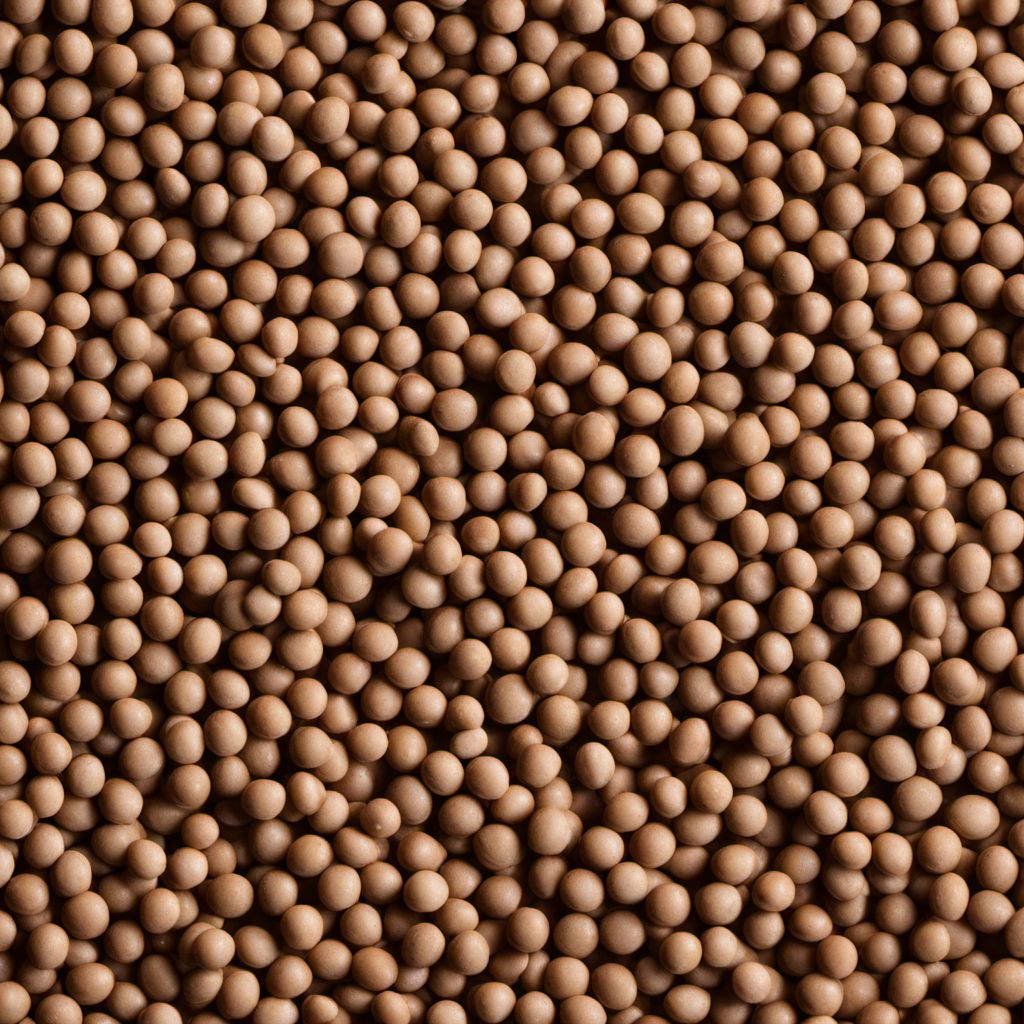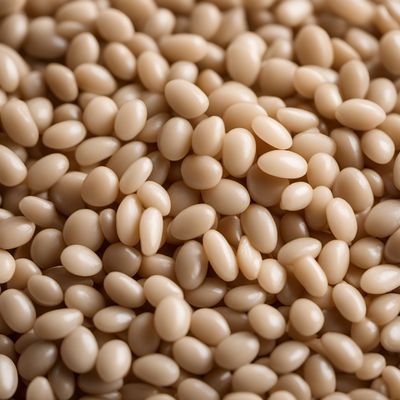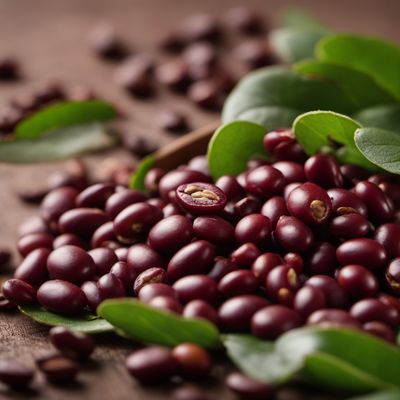
Ingredient
Ervils (dry)
The Nutritional Powerhouse: Exploring the Versatility of Dry Ervils
Dry ervils are small, round legumes that are harvested when fully matured and dried. They have a firm texture and a mild, earthy flavor. These legumes are typically pale green or yellow in color and have a smooth outer skin. When cooked, they retain their shape and offer a slightly creamy consistency. Their versatility allows them to be used in a wide range of dishes, from soups and stews to salads and side dishes.
Origins and history
Dry ervils have a long history, dating back thousands of years. They are believed to have originated in the Mediterranean region and were cultivated by ancient civilizations such as the Greeks and Romans. Over time, they spread to other parts of Europe, Asia, and Africa. Dry ervils have played a significant role in traditional cuisines around the world, providing a valuable source of protein and sustenance.
Nutritional information
Dry ervils are a nutritional powerhouse, packed with essential nutrients. They are an excellent source of plant-based protein, fiber, and complex carbohydrates. Additionally, they provide important minerals such as iron, potassium, and magnesium, as well as vitamins like folate and vitamin B6. A 1-cup serving of cooked dry ervils contains approximately 230 calories, making them a nutritious addition to a balanced diet.
Allergens
Dry ervils are not commonly associated with allergies, but individuals with legume allergies should exercise caution.
How to select
When selecting dry ervils, look for packages that are free from moisture, mold, or insect damage. Opt for brands that have a good reputation for quality. Additionally, choose dry ervils that have a uniform color and size, as this indicates proper drying and processing.
Storage recommendations
To maintain the freshness and quality of dry ervils, store them in an airtight container in a cool, dry place. They can be kept for up to a year without significant loss of flavor or texture.
How to produce
Dry ervils can be grown by amateur gardeners in temperate climates. They require well-drained soil and full sun exposure. Sow the seeds in early spring, and provide support for the plants as they grow. Harvest the pods when they are fully matured and dry. Allow the pods to dry further in a well-ventilated area before removing the peas from the pods.
Preparation tips
Before cooking dry ervils, it is recommended to soak them overnight to reduce cooking time and improve digestibility. Rinse the soaked ervils thoroughly before cooking. To cook, simmer them in water or broth until tender, which usually takes around 45 minutes to an hour. Dry ervils can also be sprouted or ground into flour for alternative culinary uses.
Substitutions
Dry ervils can be substituted with other dried legumes such as lentils, chickpeas, or split peas, depending on the recipe's requirements.
Culinary uses
Dry ervils are commonly used in soups, stews, and curries, where they add a hearty texture and enhance the overall flavor. They can also be used to make dips, spreads, and vegetarian patties. In some cuisines, dry ervils are ground into flour and used to make traditional bread or savory pancakes.
Availability
Dry ervils are commonly available in grocery stores and supermarkets worldwide, especially in regions with a strong culinary tradition that includes legumes.
More ingredients from this category » Browse all

Borlotti or other common beans (dry)
The Versatile Dried Beans

Vetches (dry)
The Nutrient-Packed Legume: Dry Vetches

Lima beans (dry)
The Versatile Lima Beans

Rice beans (dry)
The Versatile Powerhouse: Rice Beans

Black eyed peas (dry)
The Lucky Legume

Guar beans (dry)
Versatile Legumes: Guar Beans

Mung beans (dry)
The Mighty Green Legume

Monantha vetches (dry)
The Versatile Monantha Vetches

Stink beans (dry)
The Aromatic Delight: Stink Beans

Lablab beans (dry)
The Versatile Legume: Lablab Beans

Runner beans (dry)
The Versatile Legume: Exploring the World of Dry Runner Beans

Azuki beans (dry)
The Tiny Powerhouse: Azuki Beans